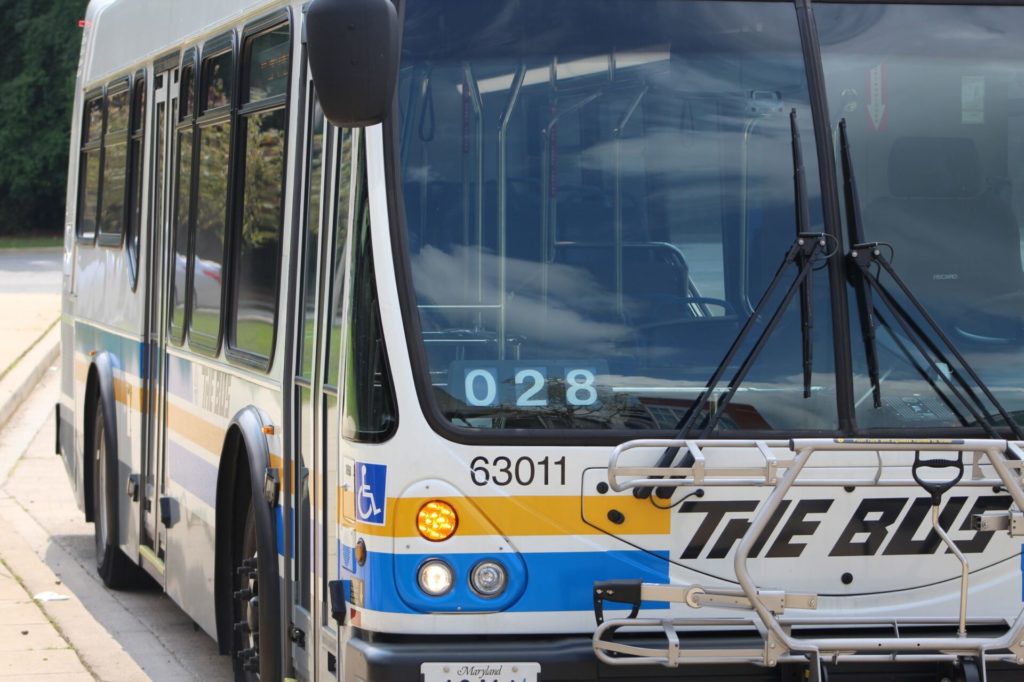TO: Montgomery County Council Planning, Housing, and Economic Development (PHED) Committee
FROM: Jane Lyons, Maryland Advocacy Manager, Coalition for Smarter Growth
DATE: Thursday, October 7, 2021
SUBJECT: Coalition for Smarter Growth’s Comments on Thrive 2050 Housing Chapter
_________________________________________________________________________________________________________
Prior to Monday’s work session on Thrive’s Affordable and Attainable Housing chapter, I wanted to reach out to share CSG’s recommendations:
- Create a stronger vision for economically and racially diverse neighborhoods: While this chapter does discuss this goal, we believe it needs to be more of a priority and included in the text of the goals and policies themselves, rather than just the chapter’s introduction. If economically and racially diverse neighborhoods were a primary goal, the subsequent policies would more deeply discuss targeting higher income areas with more housing, including subsidized housing. Furthermore, Thrive 2050 should recommit the county to subsidized housing being mixed income. This was not always the case in the affordable housing industry and exacerbated segregation.
- Amplify the need for housing those with the lowest incomes: The chapter is called “Affordable & Attainable Housing: More of Everything,” but spends most of the text explaining the need for more market rate housing and diverse housing types. While this is correct and we are grateful for this focus, we would like to see the chapter go into more detail about the housing needs of those who the market is very likely to still leave cost burdened. To serve those of the lowest incomes, the county will need to beef up its existing affordable housing programs and think more boldly and creatively about new programs.
- Don’t leave out tenant rights: Earlier drafts of Thrive 2050 had strong language declaring that housing is a human right — that language has since been deleted. We urge you to add it back in, and the ensuing importance of strong tenant rights and protections. The county must ensure that all households have safe, healthy housing that meets their needs and are not left behind by land use changes that result in higher property values and increased rents.
- Think carefully about incentives: We support public incentives for desirable, transit-oriented development and subsidized, income-restricted housing. However, financial incentives, especially for market-rate development, should be carefully considered. Thus, we recommend the following edit on page 99: “Provide incentives to boost housing production for market rate and affordable housing, especially near transit and in Complete Communities.” Non-financial incentives can include adjustments in the development approval process.
Here is some proposed language to be added, primarily under the third goal of “Promote racial and economic diversity and equity in housing in every neighborhood.”
- “Ensure that every area of the county welcomes an equitable share of income-restricted and social housing, especially in neighborhoods with high incomes, a high concentration of jobs, or high-capacity transit.”
- Add back language from staff working draft: “Continue to promote the policy of mixed-income housing development through the implementation of county policies, programs, regulations, and other tools and incentives.”
- “Identify and allocate additional revenue for the Housing Initiative Fund (HIF), rental assistance program, and other housing programs to meet the needs of low-income households.”
- It was also brought to my attention that the plan does not address the quality and safety of housing. We recommend adding “Enforce and strengthen existing housing code regulations and renter protections to ensure healthy and fair housing.” We’d also support adding back language from the staff draft of the plan: “Protect tenants’ rights, improve living conditions in rental housing, and ensure renters’ contributions to the community are emphasized and valued.”
- Add back language from staff working draft: “Expand housing access through the elimination of fair housing barriers and enforcement of fair housing laws to protect residents from discrimination.”
- Under the first goal regarding production of more housing: “As part of the commitment to the Housing First approach, develop strategies to build deeply affordable housing, provide permanent supportive housing, and legal counsel for evictions.”
- We also concur with JUFJ’s recommendations to add eviction rates and housing cost burden for renters and owners to the metrics section of the chapter. It would be best to see housing cost burden and many of the other currently listed metrics broken down by either planning area or census tract.


